The Cornell Mycelium Effect: Connecting via Trees
Share
An old fashioned postcard, a farm, and a new friendship.
I graduated from Cornell University in Plant Science in 2014 and continued onto my Masters to study agroforestry and restoration at University of Oxford whilst running my Ithaca- based non-profit, Plastic Tides with fellow Cornell classmates. I’m now living on the Big Island of Hawaii for 6 months to undertake my fieldwork. As a student that was always very close to her professors, I thought that my college adviser Toni DiTommaso would enjoy a postcard from his past student in 'Weed Science and Ecology'. I sent him some updates, and tried to describe my research project as best I could on a picturesque postcard of a Hawaiian landscape.
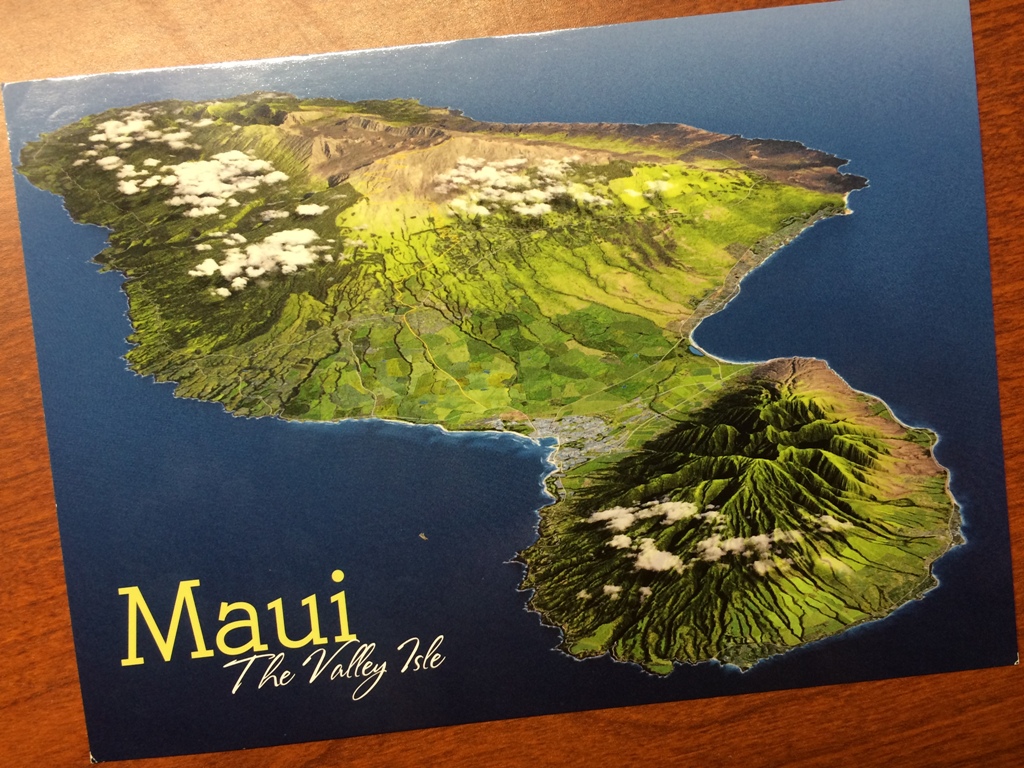 A few days later, Toni’s advisee, Hi’ilei came into his office looking for some advice regarding her course of study and mentioned her longstanding family agroforestry farm that she would like to use as a case study for some of her coursework. Toni introduced us virtually, and Hi’ilei reached out to me asking to chat about my experiences at Cornell and my current agroforestry research. We organised a phone conversation and next thing I knew, myself and my Plastic Tides partner Christian found ourselves on a plane to Maui to visit this self-maintaining family farm for the weekend.
A few days later, Toni’s advisee, Hi’ilei came into his office looking for some advice regarding her course of study and mentioned her longstanding family agroforestry farm that she would like to use as a case study for some of her coursework. Toni introduced us virtually, and Hi’ilei reached out to me asking to chat about my experiences at Cornell and my current agroforestry research. We organised a phone conversation and next thing I knew, myself and my Plastic Tides partner Christian found ourselves on a plane to Maui to visit this self-maintaining family farm for the weekend.
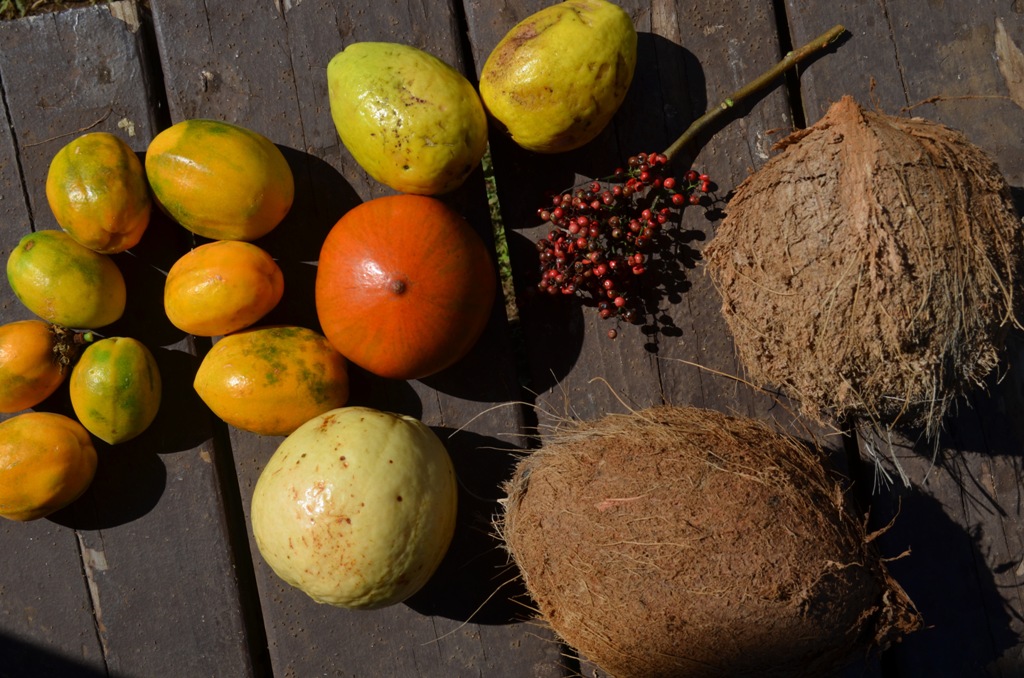 Hi’ilei picked us up at the airport and we drove the ‘scenic road’ that winds through countless gulches and switchback turns along the coast to Hana. We weren’t just treated like tourists though, Hi'ilei and her boyfriend from Yale took us to their secret spots including a swim and climb through an ancient fresh-water lava tube! It took us through windy tunnels and some holes just wide enough to fit one person. This was all in the in the dark of course!
Hi’ilei picked us up at the airport and we drove the ‘scenic road’ that winds through countless gulches and switchback turns along the coast to Hana. We weren’t just treated like tourists though, Hi'ilei and her boyfriend from Yale took us to their secret spots including a swim and climb through an ancient fresh-water lava tube! It took us through windy tunnels and some holes just wide enough to fit one person. This was all in the in the dark of course!
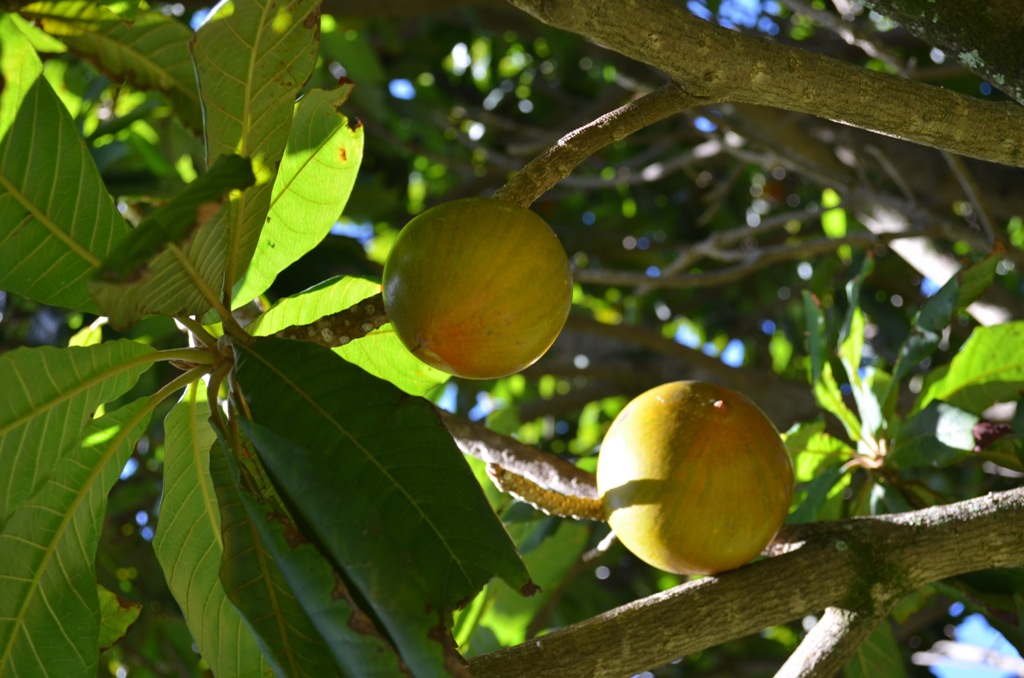 That evening we arrived at the farm surrounded by beautiful valleys in the small isolated community of Kaupo. We were welcomed by the grandparents, mother, aunts, uncles and cousins. For supper we enjoyed a hot stew prepared with breadfruit (a tropical staple tree crop) introduced by a traditional Hawaiian prayer, and spiced up with Grandpa Eddie’s chilli water for the brave. We were off to bed early exhausted by this amazing day and comforted by the silence of this remote homestead.
That evening we arrived at the farm surrounded by beautiful valleys in the small isolated community of Kaupo. We were welcomed by the grandparents, mother, aunts, uncles and cousins. For supper we enjoyed a hot stew prepared with breadfruit (a tropical staple tree crop) introduced by a traditional Hawaiian prayer, and spiced up with Grandpa Eddie’s chilli water for the brave. We were off to bed early exhausted by this amazing day and comforted by the silence of this remote homestead.
The following morning we were handed walking sticks carved by Hi'ilei's grandfather and we embarked on a tour of the property lead by Hi'ilei's grandmother. She pointed out some different fruit trees – a small sample size of the 78 different species present on site! We then walked through a carpet of kukui nuts and mud; we climbed under a few barbed-wire fences and began our ascension up the ridgeline bordering the property.
About halfway up, Hi'ilei's mother, Stacy gathered everyone and asked us to turn around. The sparkling blue ocean unfolded into the horizon, a reminder that the Hawaiian islands are located further from a continent than any other archipelago on the planet which is why its ecosystems are fascinating.
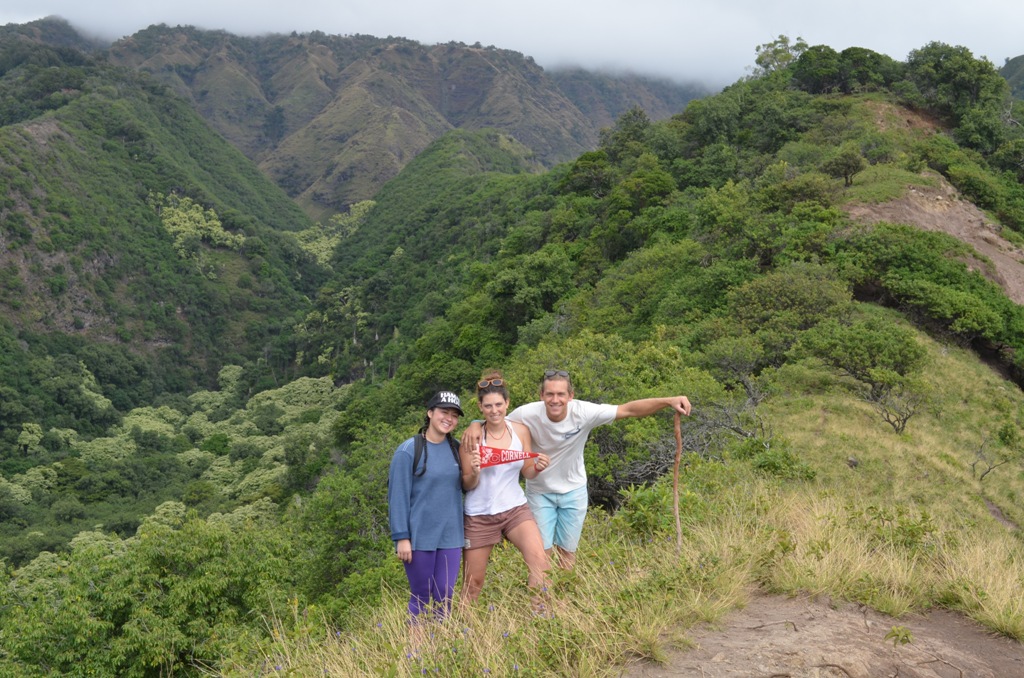 While we caught our breath, Stacey took the opportunity to talk about the Hawaiian culture and the history of the property. Firstly, she explained that the property is part of the 'ahupua'a' that used to compose most of the Hawaiian landscapes. An ahupua'a is a land division system that runs from the mountains to the sea – a self-sustaining unit on which crops were cultivated and land was also left wild according to the boundaries of the watershed. Each ahupua'a provided landowners with a huge diversity of resources: from fish and taro for sustenance, to ohia or koa timber to build canoes and hunt. This property is the remainder of the Casco family's ahupua'a – a fantastic and proven model for sustainable land management. 1,2
While we caught our breath, Stacey took the opportunity to talk about the Hawaiian culture and the history of the property. Firstly, she explained that the property is part of the 'ahupua'a' that used to compose most of the Hawaiian landscapes. An ahupua'a is a land division system that runs from the mountains to the sea – a self-sustaining unit on which crops were cultivated and land was also left wild according to the boundaries of the watershed. Each ahupua'a provided landowners with a huge diversity of resources: from fish and taro for sustenance, to ohia or koa timber to build canoes and hunt. This property is the remainder of the Casco family's ahupua'a – a fantastic and proven model for sustainable land management. 1,2
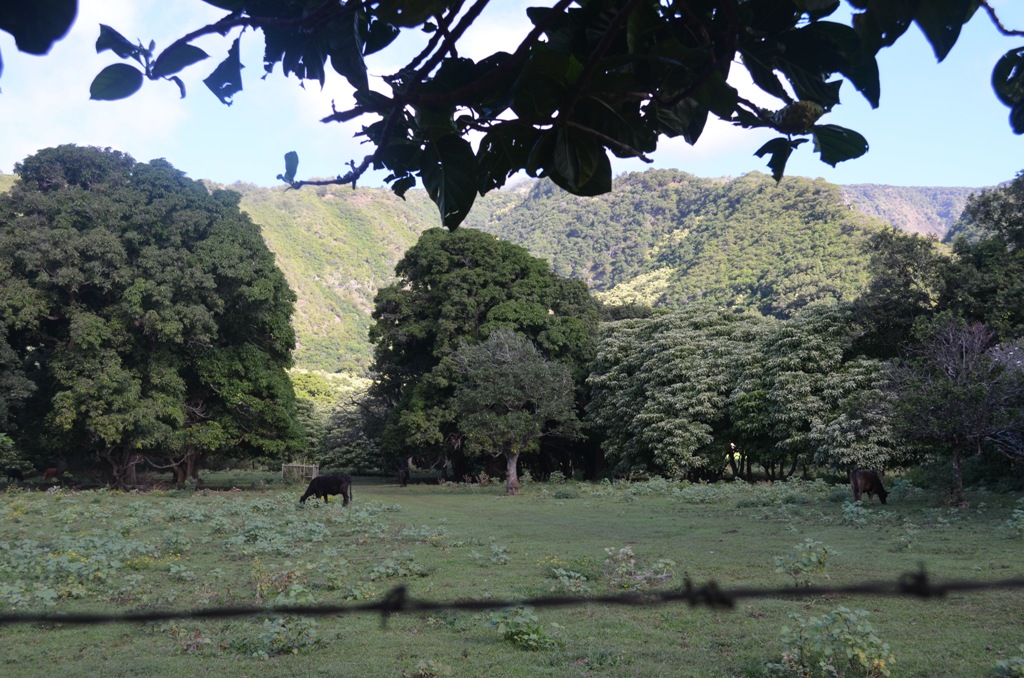 As Stacey looked out to the sea she confided that this spot on the mountain is where she finds peace.
As Stacey looked out to the sea she confided that this spot on the mountain is where she finds peace.
We were told to look down the valley and spot a black circle. Stacey explained that it is a sacred site, a 'heiau' that is lined up with 3 other 'heiau', one on Maui and two on the Big Island that could be seen in the distance thanks to the imposing Mauna Kea volcano.
As we walked further up the ridgeline to get closer to another ridgeline in the distance we came across all sorts of exciting wild things: mountain goats, caves, the sound of a river... and two dozen Jamaican 'lilikois' (passion fruits) to satisfy our growing appetite that morning!
The rest of the day was spent feeding the cows giant naval oranges and playing with the children.
I also set off alone in the agroforestry grove, to observe this amazing abundance of fruit trees and a remarkable example of a low-maintenance sustainable food production system. The technical term for this farm is a 'silvopasture' farm, where the cattle eat the fruit that falls to the ground, provide fertiliser with their excrements and suppress weed pressure by grazing the groundcover.
This is why I'm passionate about agroforestry, because it is a system that minimises inputs and maximises outputs while providing an array of 'ecosystem services' including wildlife habitat, erosion control, water, climate control, and carbon sequestration- perhaps one of the most important services in the face of climate change.
As I interviewed Hi'ilei and her mother at the end, I asked them what their long-term goal for the farm was. Stacey's words summarise things perfectly "I'm planning for the next seven generations".
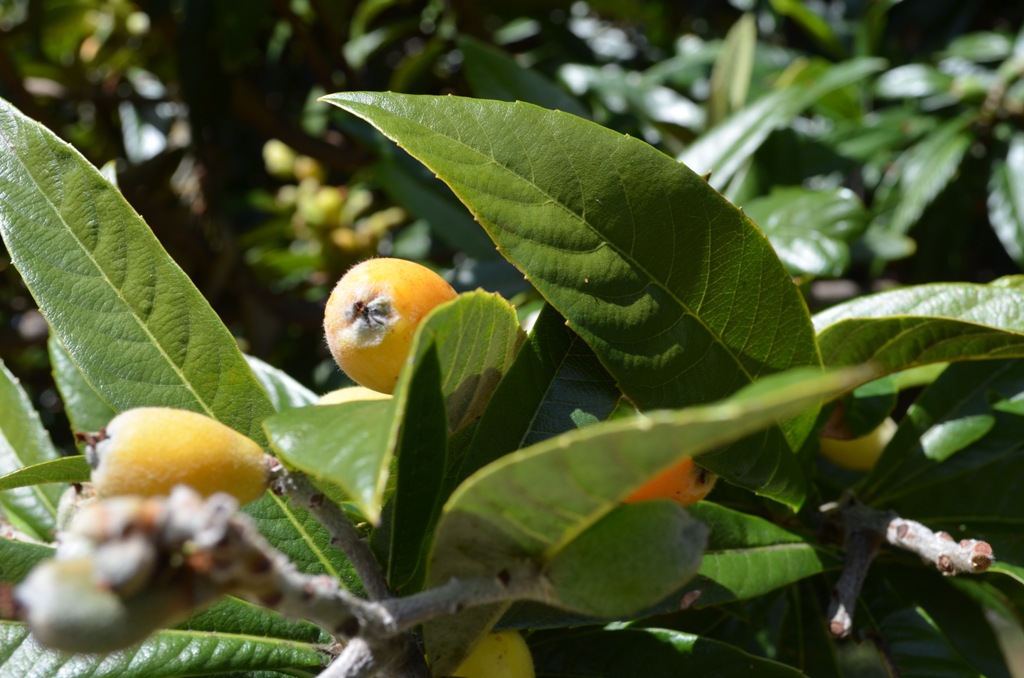 This adventure was the beginning of a life-long friendship and burgeoning collaborations. We are all working to meld ancient traditional knowledge, modern technology, sustainable agriculture practices and pure 'stoke' as we say in Hawaiian!
This adventure was the beginning of a life-long friendship and burgeoning collaborations. We are all working to meld ancient traditional knowledge, modern technology, sustainable agriculture practices and pure 'stoke' as we say in Hawaiian!
~ ~ ~
You can read more about Céline's work on her blog and follow her adventures as an agroforestry researcher and perennial food enthusiast on instagram @celinejennison #PerennialKitchen
Here is a link to the farm: Joseph and Josephine's
1Kaneshiro, Kenneth Y., et al. "Hawai ‘i’s mountain-to-sea ecosystems: social–ecological microcosms for sustainability science and practice."EcoHealth 2.4 (2005): 349-360.
2To. Hawaii.com: http://www.to-hawaii.com/sacred-places.php
The post The Cornell Mycelium Effect: Connecting via Trees appeared first on tentree.